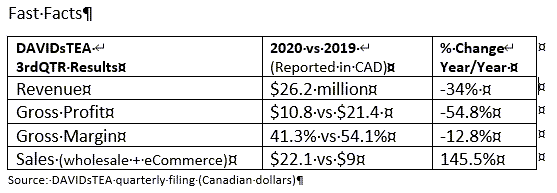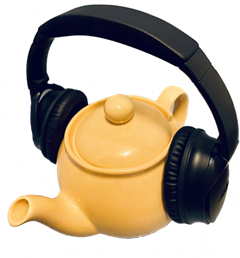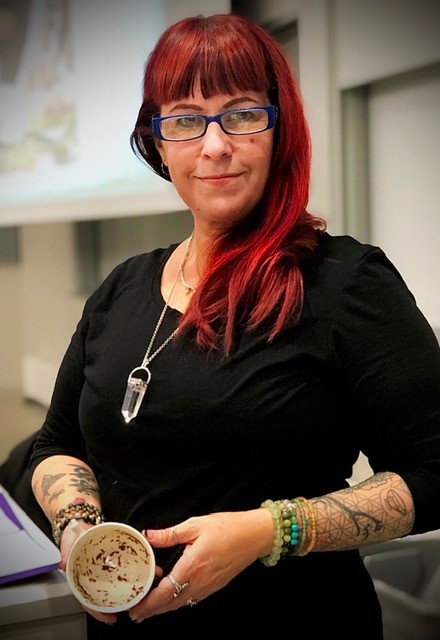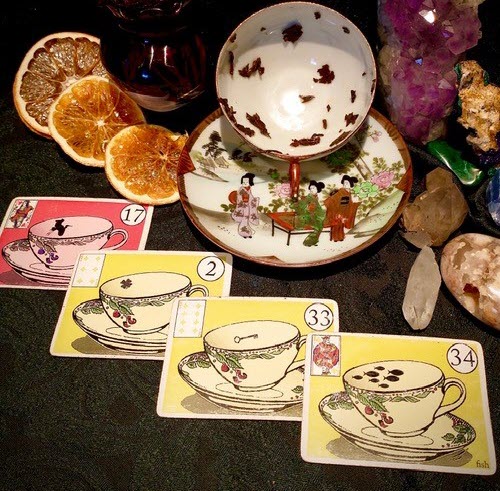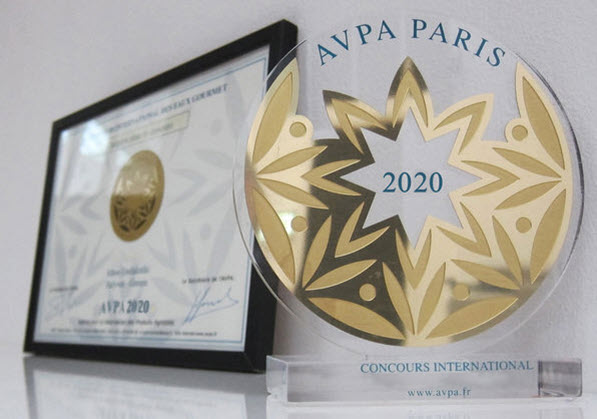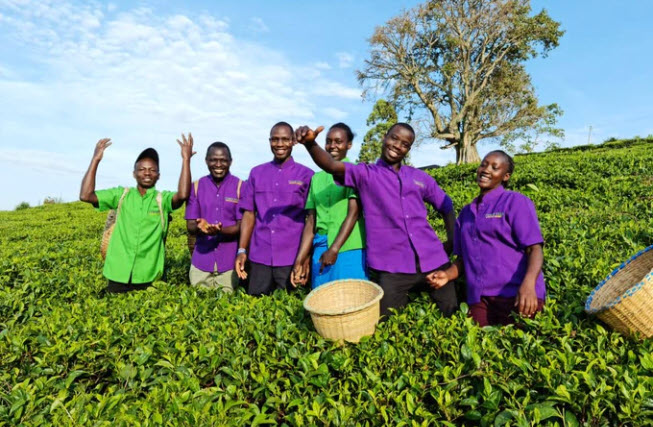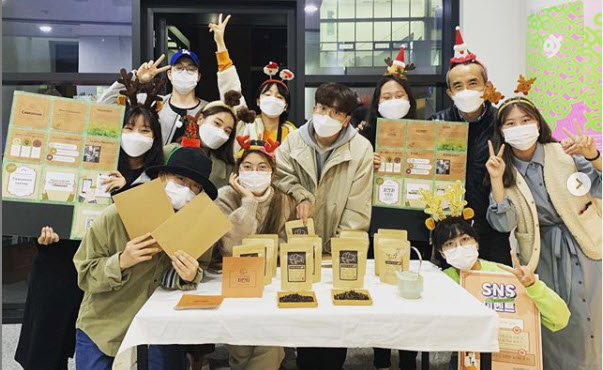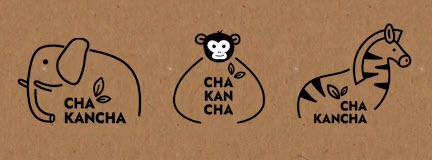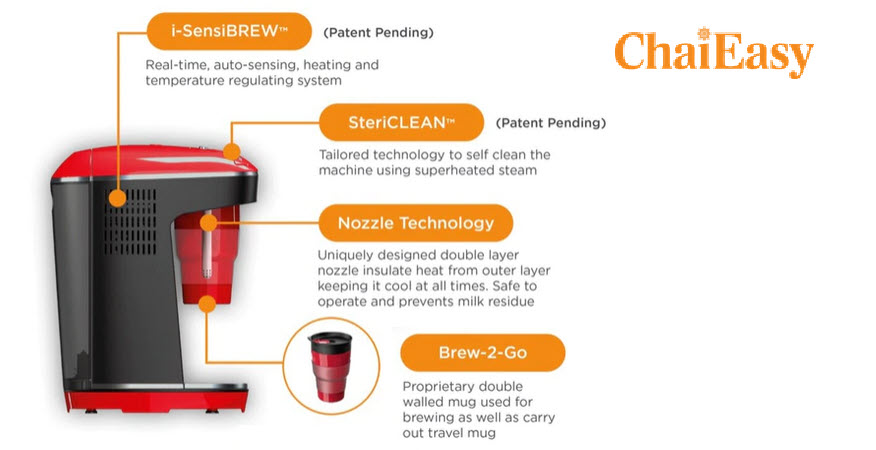
Listen to the Podcast for the week of January 22
Here are the News Headlines

• The Global Tea Initiative at University of California Davis debuted its first digital colloquium
• Sales at US tea and coffee shops declined by $11.5 billion and 208 venues vanished in 2020
• Respondents to a Tea Council of the USA survey say they feel “centered” after drinking tea
• Kenya’s parliament re-established the country’s tea board in the New Year.
Features
This week we travel to India to discover a charming and earth-friendly alternative to the millions of plastic tea cups discarded at 7,000 train stations…
… and to California Author Lisa See has led a remarkable life in tea. Her great-great grandfather worked his way from a laborer on the transcontinental railroad to become a leader in the prosperous Chinatown in Los Angeles a century ago. Listen as she discusses how tea has influenced her life
News you Need to Know
The Global Tea Initiative at UC Davis Hosts First Digital Colloquium
“The Stories We Tell: Myths, Legends, and Anecdotes About Tea,” hosted by the University of California at Davis, transported hundreds of online participants to Vietnam, Colombia, Sri Lanka, the United Kingdom, and China. Presentations by experts on agriculture, medicine, and the science of tea were complimented by biocultural research and storytelling exploring spiritual beliefs. The day ended with a panel featuring Finlay’s Head of Sourcing Helen Hume, Santiago Gonzalez at Bitaco Tea in Colombia, and Mighty Leaf VP Eliot Jordan, introduced by Manik Jayakumar, founder of QTrade Teas & Herbs.
Best-selling author Lisa See delivered the colloquium keynote from her home. She humbly acknowledged that she is not a tea expert and then described her fascinating journey of discovery to Yunnan with her friend Linda Louie. Louie, the founder of Bana Tea Company, talked about “traveling back in time” in south China’s ancient tea forests where Pu’er tea is made.
A roll call via chat revealed attendees from the tea lands (where it was 4 a.m.) and consuming countries, including Europe and New Zealand. Memorable talks included a presentation by Nguyen Dinh Thien Y in Ho Chi Minh City, Vietnam. The journalist and filmmaker shared his documentary films of tribal rituals of tea practiced by the Hmong people. Sacrificial altars and chants are believed essential to please the tree gods, manifest in the trunks and branches of a tea forest near the China border.
Biz Insight – Tea scholars publish reams of research that rarely find an audience beyond academic journals and small gatherings at symposiums. The great majority of this work is published in Mandarin and Nihongo and circulated in China and Japan, cultures that deeply explore and embrace every aspect of tea cultivation, social impact, and health and wellness. The work is fascinating and relevant, and thanks to Prof. Katharine Burnett’s Global Tea Initiative, four of the 50 curated presentations were readily accessible during the day-long digital event on Jan. 21. The rest will be posted soon along with a recording of the event. The second portion of the colloquium will be April 23. View program here.
Coffee an Tea Shop Losses averaged $32,500 per month in 2020
In 2020 coffee and tea shop owners estimate losses averaged $32,500 per store per month, according to Allegra World Coffee Portal. Sales were down 24 percent for the year. There was a net decrease of 208 shops – the biggest decline since the Great Recession. Starbucks and Dunkin’ outlets now comprise 66% of the total US coffee market by store count. Last week Starbucks announced it will close 300 of its 1400 Canadian locations by March. The company operates 30,000 stores worldwide.
Biz Insight – Tea accounts for between 12 and 20 percent of beverage sales in a US coffee market valued at $36 billion in 2019. Allegra predicts that will rise to $40 million in 2021, a total below 2019 revenue. There were an estimated 1,606 specialty tea shops operating in January 2020, according to Sinensis Research. Attrition due to the pandemic appears to be much higher in tea shops than among the 37,200 coffee shops due in large part to the prevalence of coffee drive-thru locations. Allegra say it will take until 2023 for operators to fully readjust.
US Tea Council Consumer Survey
Consumers choose tea not only for cardiovascular health and immune-supporting benefits, but for improvement of mood, too, according to a 2020 survey commissioned by the Tea Council of the USA to celebrate National Hot Tea month. 93 percent of respondents said they felt calm while drinking tea, while 84 percent said they felt centered. Respondents associated green tea with emotional and mental health. Black tea is thought of as a pick-me-up. The 2020 survey of 395 Americans conducted by Seton Hall University found that 86 percent of respondents cited having a unique, preferred tea routine to unwind, making it clear that consumers are counting on tea-time as a relaxing ritual.
Biz Insight – A 2020 review of studies examining pure L-theanine, concluded that 200-400 mg/day of L-theanine may help reduce stress and anxiety in people in stressful conditions. A systematic review of research on tea has shown green tea supports anxiety reduction, cognition and brain function. The benefits of black tea are bountiful too, with a separate study demonstrating when subjects consumed two cups per day, they demonstrated greater levels of attention.
Kenya’s Parliament Re-establishes Tea Board
Kenya’s parliament has re-established a national tea board after dissolving the regulatory body six years ago. The industry has since endured several setbacks. New tea board directors representing growers, smallholders, traders, government, and factory operators will be named in March. The transformational Tea Act of 2020 prevents traders from selling tea directly to foreign buyers. Tea must now be purchased at auction, a decision that the industry hopes will lead to higher prices. Tea costs at least $2 per kilo to produce in Kenya but a surplus in 2020 kept prices below break-even.
https://teabiz.sounder.fm/episode/news-01212021
| ITunes | Spotify | Stitcher |
| Google Podcast | Amazon Podcasts | Sounder |
Subtext
Avoid the chaos of social media and start a conversation that matters. Subtext’s message-based platform lets you privately ask meaningful questions of the tea experts, academics and Tea Biz journalists reporting from the tea lands. You see their responses via SMS texts which are sent direct to your phone. Visit our website and subscribe to Subtext to instantly connect with the most connected people in tea.
Subscribe and receive Tea Biz weekly in your inbox.


